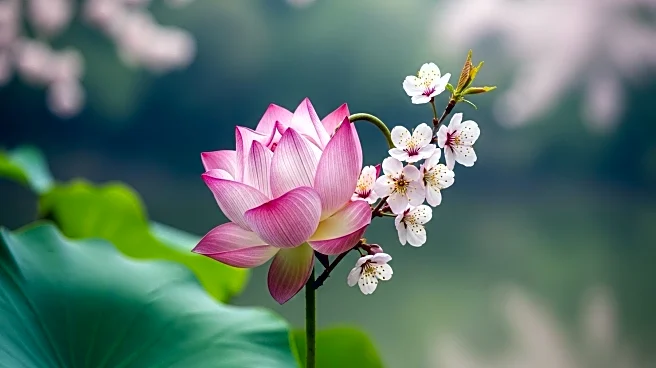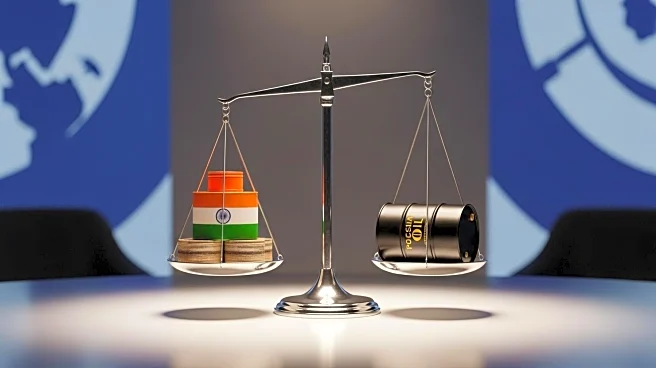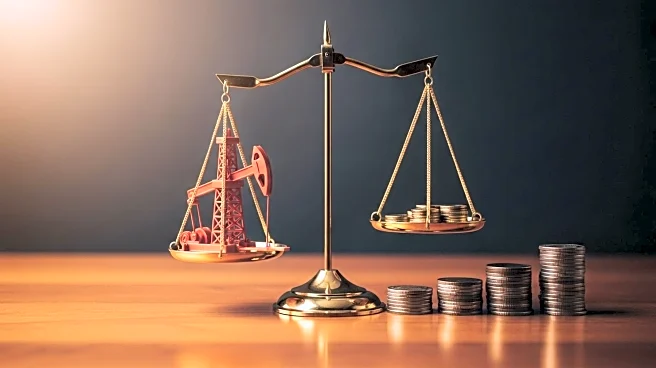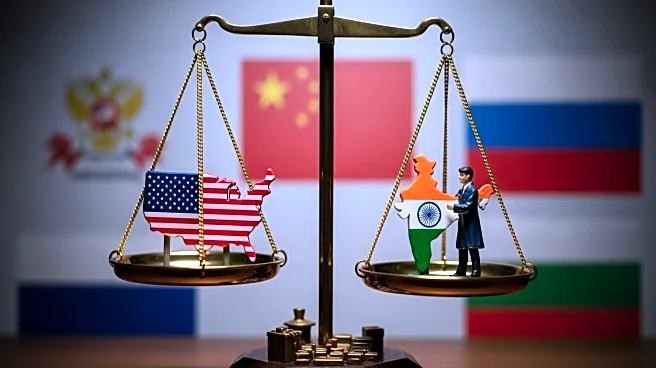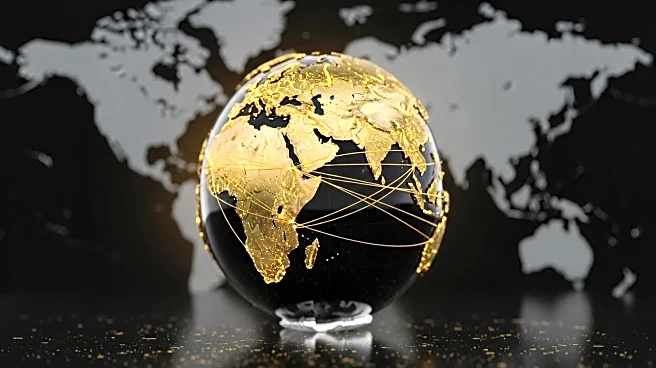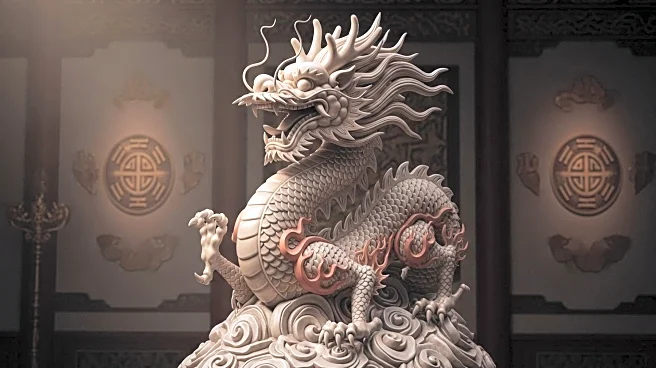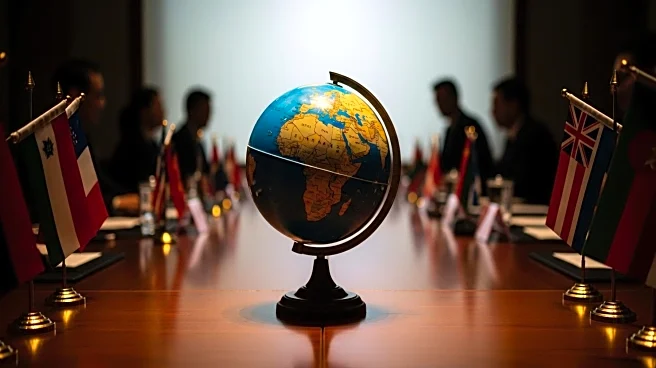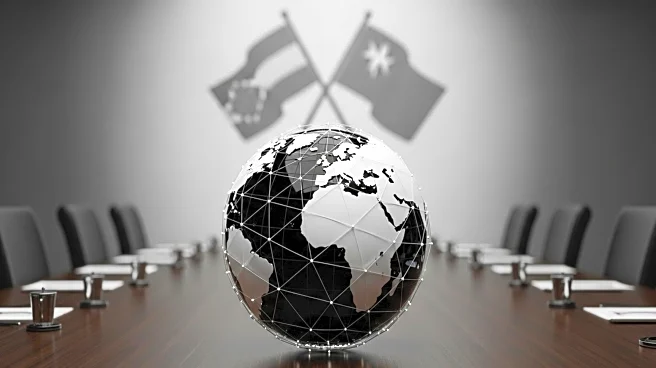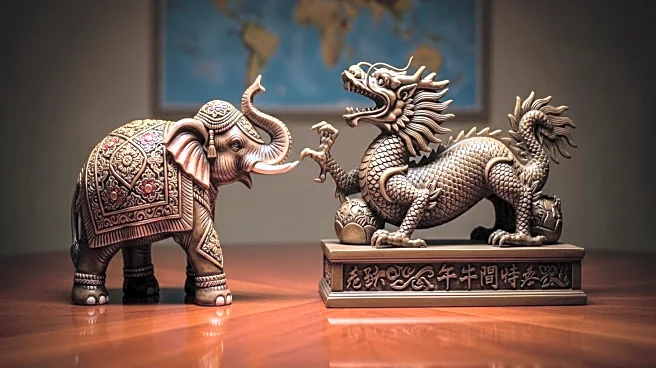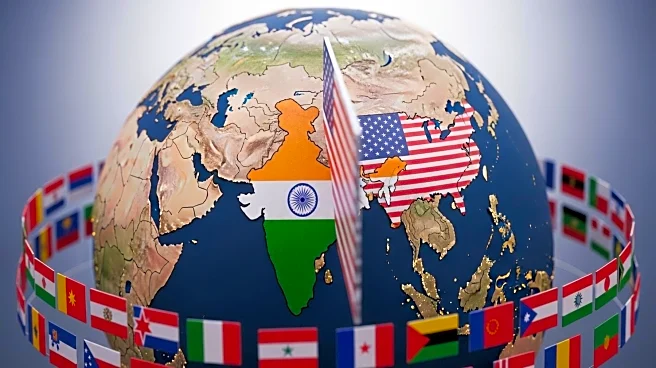What is the story about?
What's Happening?
Indian Prime Minister Narendra Modi is visiting China for the first time in seven years, following the Trump administration's decision to double tariffs on Indian imports to 50%. This move has prompted India to explore strengthening ties with China, despite historical tensions. During a meeting in Tianjin, Chinese President Xi Jinping emphasized the potential for partnership between the two nations. The tariffs, imposed as a response to India's purchase of Russian oil, have raised concerns about India's economic alignment and its relationship with the U.S.
Why It's Important?
The increased tariffs by the Trump administration represent a significant shift in U.S.-India trade relations, potentially pushing India closer to China. This development could alter the geopolitical landscape in Asia, affecting U.S. influence in the region. As India and China explore improved relations, the U.S. risks losing a key ally in its strategic efforts to counterbalance China's growing power. The situation underscores the complex interplay of trade policies and international diplomacy, with potential implications for global economic stability and security alliances.
What's Next?
India's engagement with China may lead to new economic and diplomatic agreements, potentially reshaping regional alliances. The U.S. may need to reassess its trade policies and diplomatic strategies to maintain its influence in Asia. Observers will be watching for any shifts in India's foreign policy and trade practices, as well as China's response to the evolving dynamics. The outcome of these developments could have long-term effects on international trade and security frameworks.
AI Generated Content
Do you find this article useful?
